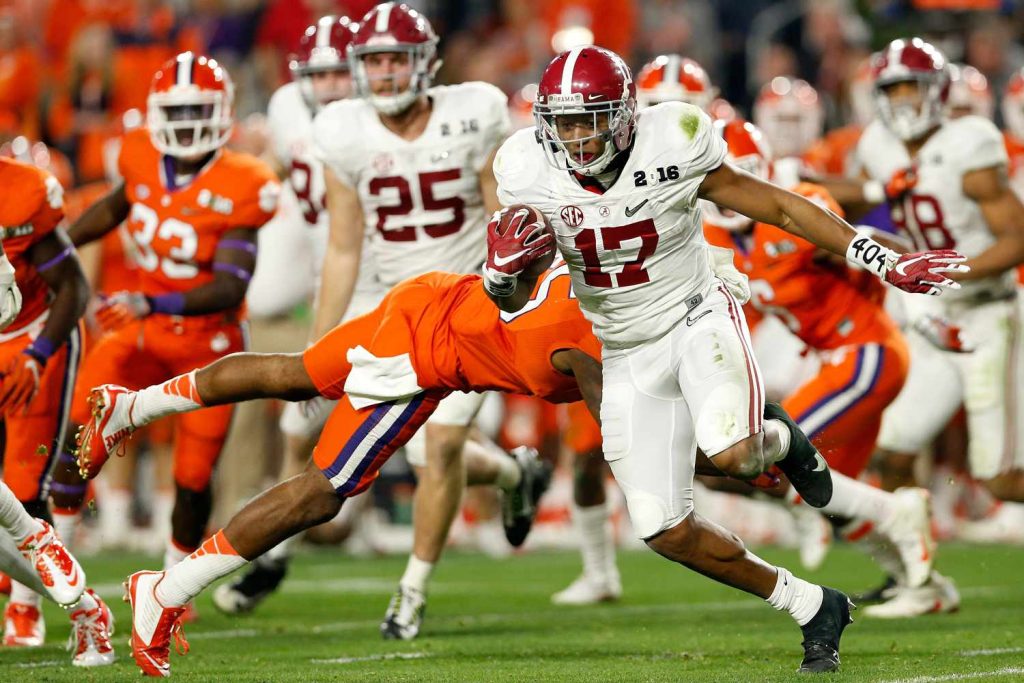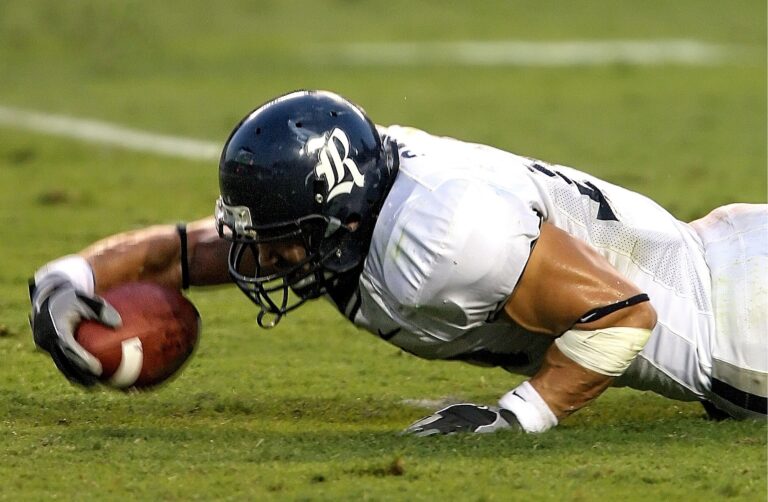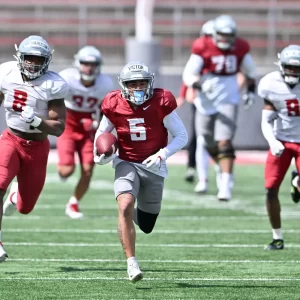I. Introduction
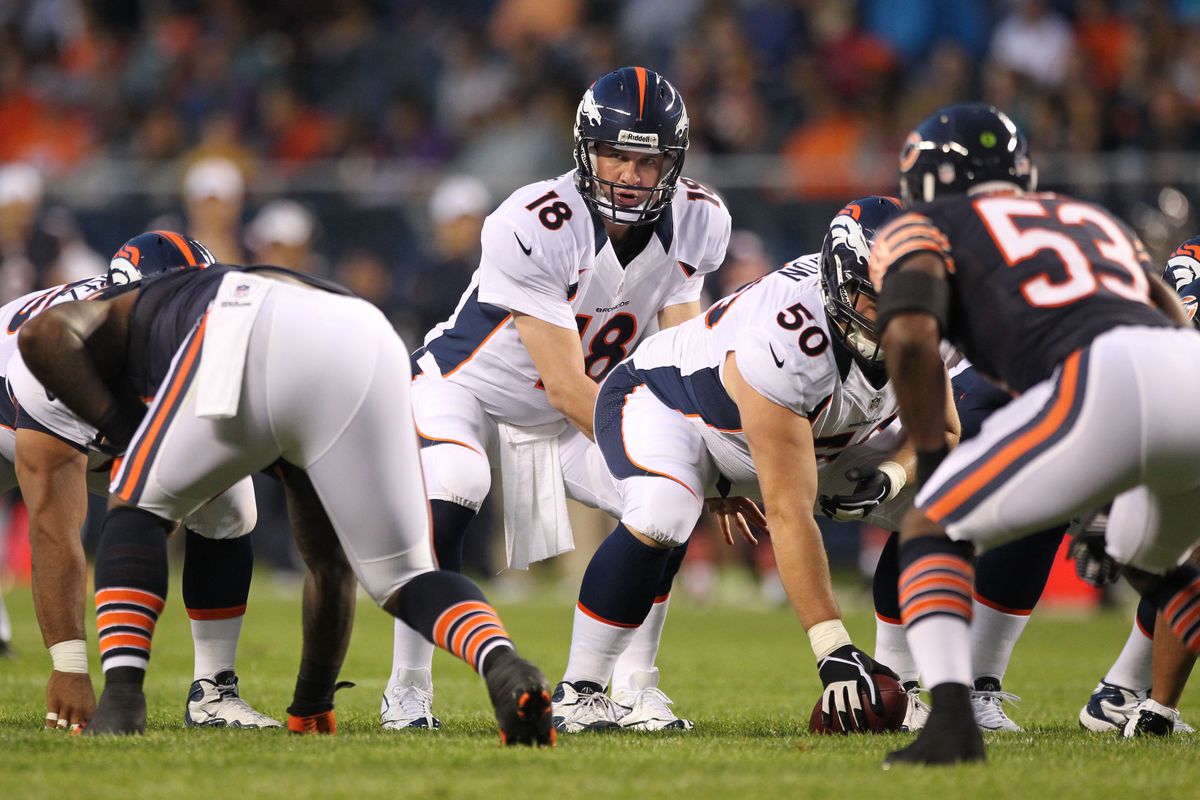
In the fast-paced world of football, the blitz is a powerful and strategic tactic employed by defensive teams to disrupt the opposing offense. This article aims to define and explore the significance of the blitz in football, shedding light on its impact and role in the game.
II. The Basic Concept of the Blitz
A. Understanding the purpose and objectives of the blitz
The blitz is a defensive strategy that involves sending additional rushers to pressure the quarterback. Its primary objective is to disrupt the opposing team’s offensive rhythm and force the quarterback into quick decisions, often resulting in errant throws or sacks. By applying intense pressure to the quarterback, the blitz aims to disrupt the passing game and create turnovers.
B. Different types of blitzes and their variations
There are various types of blitzes, each with its own variations and nuances. The linebacker blitz involves sending a linebacker through the offensive line to pressure the quarterback. This allows for a more powerful rush, as linebackers are typically larger and more physically imposing. The safety blitz, on the other hand, involves sending a safety from the secondary to pressure the quarterback. This unexpected rush from a defensive back can catch the offense off guard. Additionally, the cornerback blitz is another variation, where a cornerback blitzes from the edge, aiming to disrupt plays and apply pressure to the quarterback.
III. Key Tactics and Strategies

A. Pre-snap disguises and deceptive alignments
One of the key tactics employed during a blitz is pre-snap disguises and deceptive alignments. This involves defensive players disguising their intentions by positioning themselves in unconventional ways. The objective is to confuse the offensive team and make it difficult for them to identify and react to the blitz. By creating misdirection and confusion, the defensive team gains an upper hand and disrupts the offensive play.
Attacking weak spots in the offensive line
Another crucial tactic during a blitz is identifying and attacking weak spots in the offensive line. The defense studies the offensive line’s strengths and weaknesses, identifying areas where they can exploit gaps or overpower individual linemen. By focusing on these weak spots, the defensive team increases their chances of penetrating the offensive line and putting pressure on the quarterback.
B. Timing and coordination
Timing and coordination are critical when executing a successful blitz. The defense must carefully time their rush to catch the offense off guard. By delaying or speeding up the rush, the defense can disrupt the offensive team’s timing and rhythm. Additionally, coordination between different defensive positions is essential. The blitz requires synchronized movements and assignments to ensure all gaps are covered and every player is accounted for. Effective communication and coordination are key to executing a successful blitz.
IV. The Impact of the Blitz
The blitz is a high-risk, high-reward tactic in football that involves sending additional players from the defense to apply pressure on the quarterback or disrupt the run game. In this section, we will discuss the impact of the blitz on both the passing and running game and explore different blitz packages and adjustments.
A. Pressuring the quarterback
One of the primary objectives of the blitz is to pressure the quarterback. By sending extra defenders, the defense aims to force quick decisions and disrupt passing plays. The added pressure makes it difficult for the quarterback to go through his progressions and find open receivers. As a result, the offense may rely more on shorter, less impactful throws, reducing the potential for big plays.
Sacks and quarterback hurries are key outcomes of a successful blitz. A sack occurs when a defender tackles the quarterback behind the line of scrimmage, resulting in a loss of yards and potentially a turnover. A quarterback hurry, on the other hand, is when the defense pressures the quarterback, forcing him to throw the ball away or make an errant throw. This disrupts the timing and pace of the offense’s passing game, potentially leading to turnovers or incomplete passes.
B. Impact on the run game
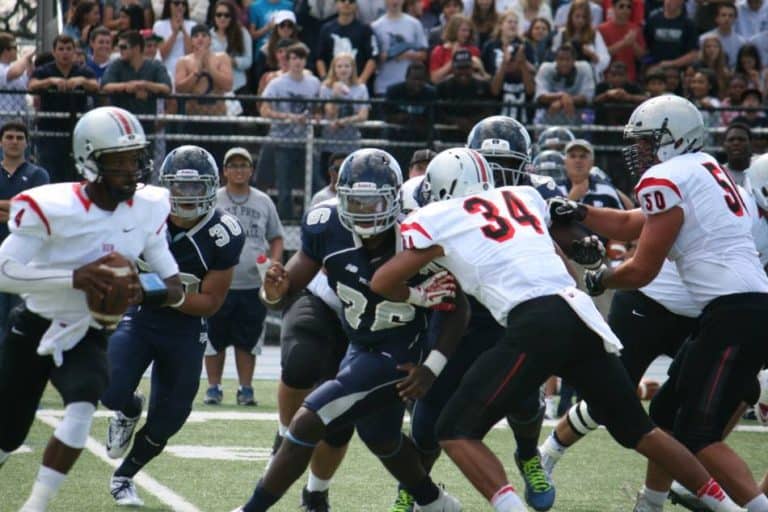
While the blitz is often associated with pressuring the quarterback, it can also have a significant impact on the run game. Defensive coordinators strategically assign blitzers to fill run gaps effectively, making it challenging for running backs to find an open lane. By quickly penetrating the backfield, blitzers disrupt running plays and force the runner to change direction or be tackled behind the line of scrimmage.
The blitz can lead to negative rushing plays and even turnovers. When linebackers or defensive backs blitz, they may catch the offense off guard and create chaos. This disrupts the blocking assignments of the offensive line, giving the defense a better chance of tackling the runner for a loss. Additionally, by focusing on stopping the run, blitzing defenders reduce the effectiveness of play-action plays, as they are already in the backfield and can quickly respond to the quarterback’s actions.
V. Blitz Packages and Adjustments
To effectively execute a blitz, defensive coordinators design various blitz packages and make adjustments based on offensive formations and tendencies. These packages and adjustments aim to confuse the offense and exploit weaknesses in their protection schemes.
A. Utilizing stunts and twists along the defensive line

Stunts and twists involve coordinated movements by defensive linemen to create confusion and disrupt blocking assignments. Linemen may switch gaps or exchange responsibilities mid-play, creating gaps for blitzing linebackers or defensive backs to exploit. These techniques add an element of surprise and make it difficult for offensive linemen to identify who they should block, leading to breakdowns in protection.
B. Slanting and angling techniques for disruptive rushes
Defensive linemen often use slanting and angling techniques to penetrate gaps quickly and disrupt the pocket. Slanting involves defensive linemen shifting their alignment and aggressively attacking a specific gap, aiming to disrupt the offensive line’s blocking scheme. Angling techniques involve linemen taking a diagonal path to exploit weak points in the protection and create pressure on the quarterback.
C. Adjustments based on offensive formations and tendencies
Defensive coordinators closely study their opponents’ offensive formations and tendencies to make adjustments to their blitz packages. They may identify weaknesses in protection schemes or anticipate certain plays based on specific formations. These adjustments can involve changing the timing or angles of the blitz, as well as disguising the intentions of the defensive players pre-snap to confuse the offense.
In conclusion, the blitz is a tactical approach that can have a significant impact on the outcome of a football game. It is designed to pressure the quarterback, disrupt passing plays, and disrupt the run game. Successful blitzes result in sacks, quarterback hurries, negative rushing plays, and even turnovers. Defensive coordinators employ various blitz packages, utilizing stunts, twists, slanting, angling, and adjustments based on offensive formations and tendencies to optimize their chances of success.
